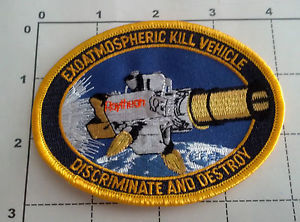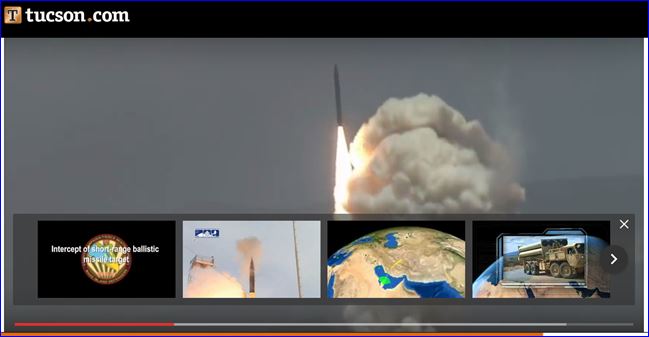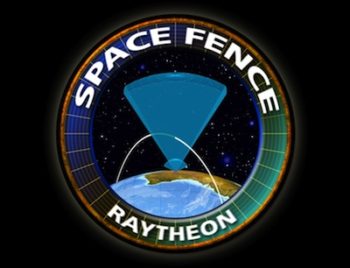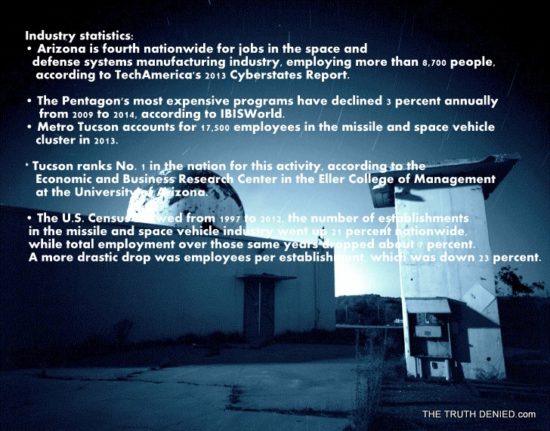 BE SURE TO JOIN US ON FACEBOOK!
BE SURE TO JOIN US ON FACEBOOK!
2017 UPDATES
Raytheon Missile Systems has completed a 9,600-square foot, $9.2 million expansion of its Space Systems Operations factory at its Tucson International Airport plant complex.
Exciting news for Space enthusiasts in Arizona!
In 2014, Arizona passed legislation that opened the door for commercial spaceflight in the state. HB 2163 allows companies to obtain waivers of liability for passengers on commercial spaceflights, in compliance with federal standards. The bill defines the potential risks of spaceflight to passengers and sets the terms and conditions of a waiver. Arizona has 1,200 companies operating in the aerospace field, making the state America’s third-largest supply chain contributor for aerospace and defense, according to a 2012 study by the consulting firm Deloitte, which looked at the emerging industry trends.
Thanks to this bill, space tourism is able to find a home in Arizona for the Aerospace Company known as World View. Who is WORLD VIEW?
Arizona-based company World View is slated to launch it’s near-space flights in 2016! Known as “Voyager”, tourist will be launching out of Marana’s Pinal Airpark, former home to Evergreen Aviation. World View’s flights consist of high-alltitude ballooning and venture off into an area they call Near-Space. Last year the company sent 57 year old Google executive Alan Eustace into the stratosphere for his record-breaking peak velocity of 800 miles an hour 136,000-foot parachute dive.
“World View is a space experience that presents a drastically different approach to the adrenaline-laced rocket ride we think of today. World View will have its Voyagers, planet earth’s new class of discerning explorers, gliding peacefully along the edge of space for a two-hour sailing-like experience within a luxury capsule transported via high-altitude balloon.”-WV
- World View provides commercial services for educational and research flights and the company plans on entering the space tourism game in 2016.
- HOW? The company has high-altitude balloons that can reach 100,000 feet in 90 minutes, with a total flight time of four hours.
- The company will allow customers to take a space flight for $75,000 per person, compared to Richard Branson’s $250,000 Virgin Galactic’s space flight.
- World View is taking reservations for manned flights and private tours.
- October 24, 2015: Milestone 10% Scale Test Flight
World View already recruited dozens of people who have signed up for the companies Voyager flights. How would you like to be carried in a balloon in a pressurized capsule to an altitude of 100,000 feet? The price? $75,000, which is cheap considering that Sir Richard Branson charges $250K for a similar experience. Even though Voyager Flights are not technically outer space, and there’s no weightlessness involved, the view of a curving Earth would be similar to what astronauts see. That’s pretty cool!
Want to see what it would be like to take a flight?
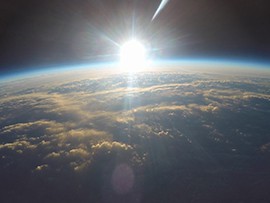

“World View, the commercial spaceflight company, has successfully completed a major milestone test flight, keeping the company on track to meet its 2017 goal for manned private flights to the edge of space. This test flight carried a scaled down, replica spacecraft to a final altitude of 100,475 feet (30624 meters), successfully marking the transition from sub-scale testing to a historical next stage of development – full scale.”
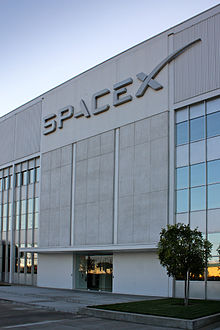
- SpaceX : Space Exploration Technologies Corporation (SpaceX)
“SpaceX designs, manufactures and launches advanced rockets and spacecraft. The company was founded in 2002 to revolutionize space technology, with the ultimate goal of enabling people to live on other planets.”
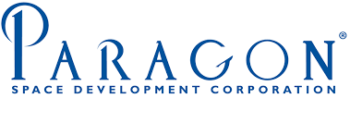
- Paragon is the premier provider of environmental controls for extreme and hazardous environments. They design, build, test and operate premier life support systems and leading thermal control products for astronauts, contaminated water divers, and other extreme environment explorers, as well as for unmanned space and terrestrial applications.
- Environmental Control and Life Support System products, analysis and design
- Thermal Control products, analysis and design
- Services:
- Aerospace tubing design, layout and manufacturing
- Engineering: ECLSS, thermal, CFD, systems, human factors
- Applied Research and Development
- Manufacturing
- Environmental Control System Testing
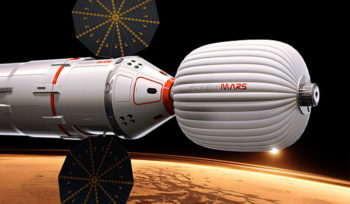
“There really are multiple options for basically every function we need” to pull off the mission, said MacCallum.
Already the foundation has signed a Space Act agreement with the NASA Ames Research Center at Moffett Field, Calif., to tap its expertise on heat shields and reentry approaches.
Current projects include:
Boeing CCTS
Paragon is providing the CST-100 Humidity Control Subassembly (HCS) for cabin atmospheric humidity control of the Boeing Crew Space Transportation System (CCTS) and Crew Space Transportation (CST)-100 spacecraft.
Paragon’s HCS is based on patent-pending humidity control technology developed under a NASA Commercial Crew Development 1 (CCDev1) Space Act Agreement designed to stimulate the private sector in the development of safe, reliable and cost-effective space transportation. The humidity control system is one of seven systems that comprise Paragon’s Commercial Crew Transport-Air Revitalization System (CCT-ARS) which was developed through the flight Preliminary Design Review (PDR) in 2010 for commercial crew transport applications. Paragon’s resulting CST-100 HCS meets Boeing needs as a robust, simple and low mass humidity control solution for a variety of applications. Boeing’s CST-100 is being developed as part of NASA’s Commercial Crew Program, which aims to resume U.S.-based flights to space by 2017. The CST-100 will transport up to seven passengers or a mix of crew and cargo to the International Space Station (ISS) and other low-Earth orbit destinations.
